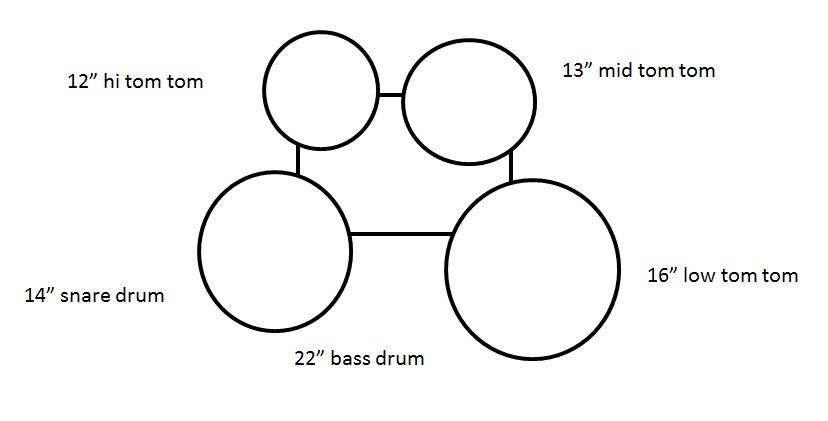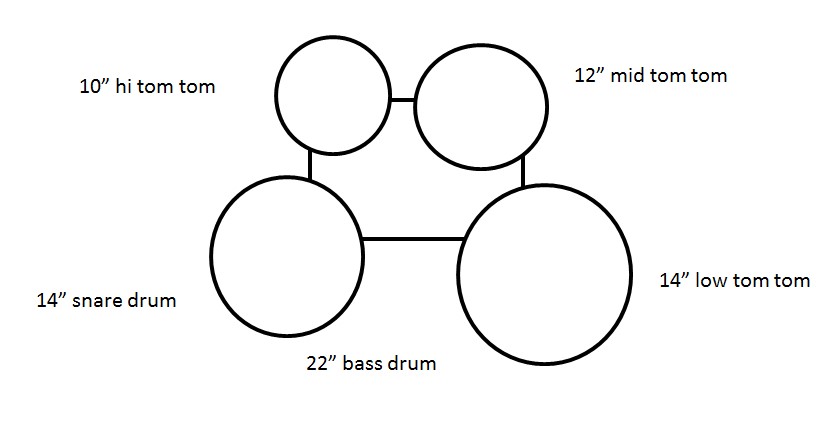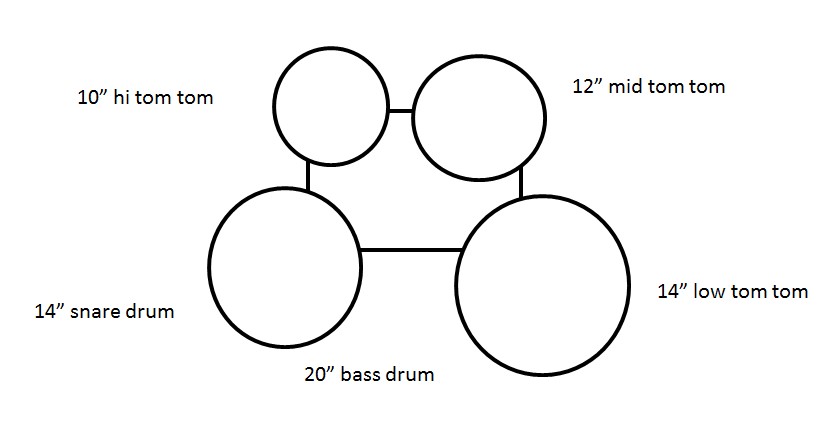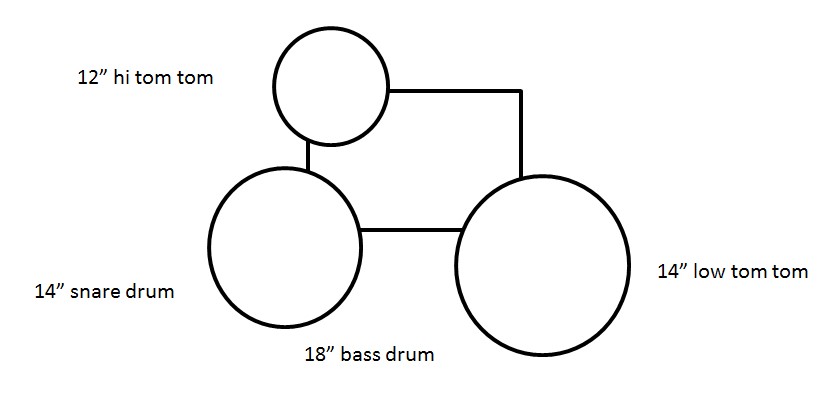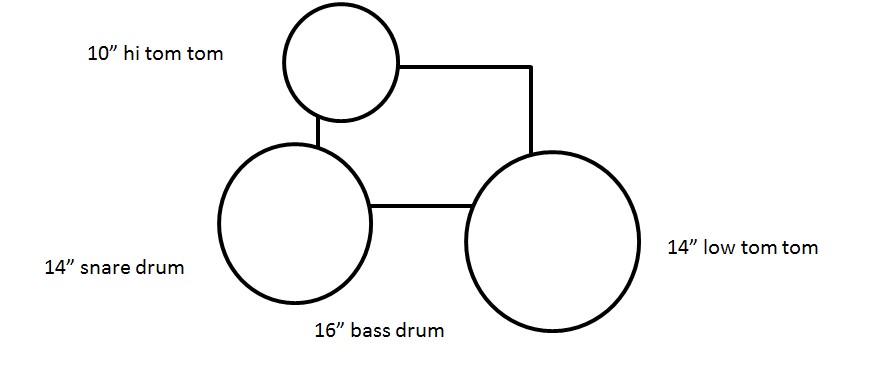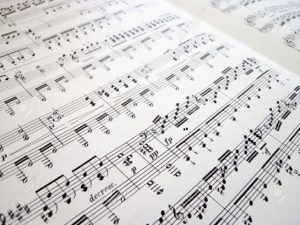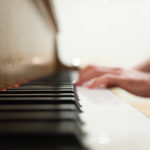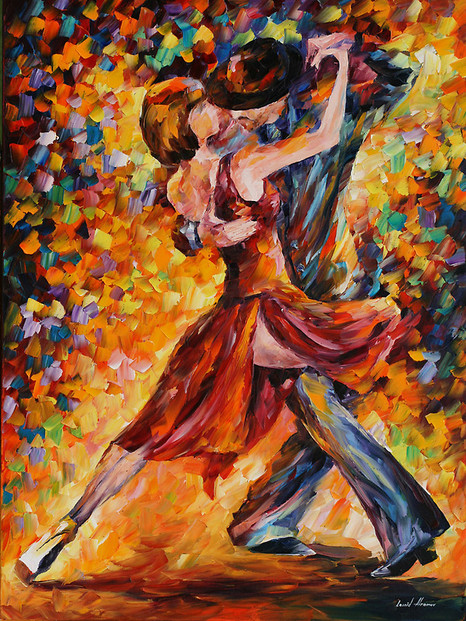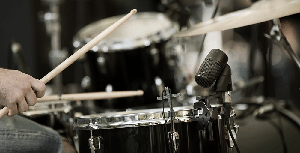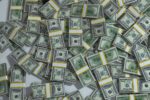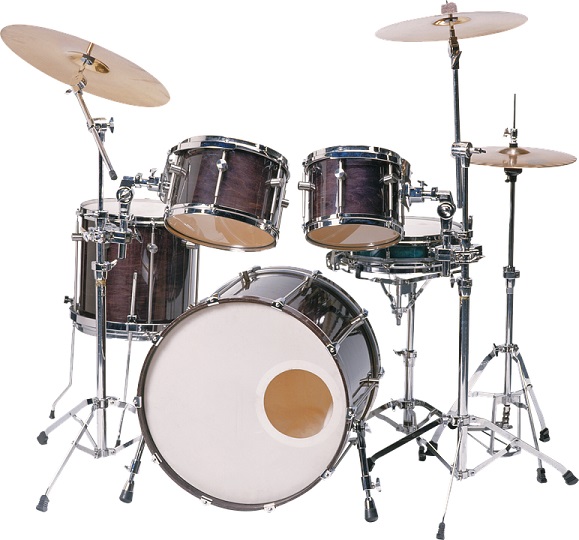
Buying the right drum kit is an essential first step in your life as a drummer. After all, if you enjoy how your drum kit sounds, you're far more likely to practice. Many factors need to be considered when you choose a drum kit, and making this decision can be a daunting task. This article will help you understand a lot of the terminology used by drum manufacturers, the drum kit market, and which drum kit is right for you.
Anatomy

Brands
There are a plethora of high quality drum manufacturers all over the world. Below is a list of some highly respected global brands:
- Pearl
- Yamaha
- Tama
- Gretsch
- Drum Workshop
- Sonor
- Mapex
- Ludwig
- Premier
Many smaller brands also make great products. If you're unsure of a particular brand, check online for reviews.
Configurations
Before shopping for a drum kit, I'd recommend having a clear idea of what drum configuration you want. Below is a list of common drum kit configurations listed in the Liberty Park music drum lesson “Drum Kit Selection.”
22” rock

- Strengths
- Loud
- Deep sound
- Heavy rock music
- Large venues
- Weaknesses
- Cumbersome
- Lighter, quieter acoustic music
- Small venues
22” fusion

- Strengths
- Loud
- Punchier Tom toms
- Funk/fusion music
- Large venues
- Weaknesses
- Cumbersome
- Small venues
- Quieter acoustic music
20” fusion

- Strengths
- Versatile, can be used for all styles
- Well balanced pitch and tone
- Strengths
- Weaknesses
- Weaker identity than more extreme sizes
- Weaknesses
18" bop

- Strengths
- Small venues
- Acoustic music
- Easy to transport
- Strengths
- Weaknesses
- Loud music
- Large venues
- Reduced low end frequencies
- Weaknesses
16" jungle

It's worth noting that you're going to pay less for a smaller drum kit than for a bigger one, as less materials are used in creating the drums.
Material
Drums are usually made from wood, although some manufacturers use plastic for their shells. The type and quality of wood used is a good indication as to the quality of the drum kit. Here are some common woods and how they sound:
- Maple - perhaps the most sought-after wood in drum manufacturing. It’s versatile with a warm, bright sound. It sounds great on smaller drums as it produces warm, singing high/mid tones.
- Birch - the typical “studio” drum kit. Birch has a darker, less vibrant tone compared to maple and has a natural EQ which makes it suitable for studio work.
- Mahogany - enhances low end sounds so it is great for bigger drums such as bass drums and low toms.
- Oak - not a common wood in drum manufacturing but used by Yamaha in its Oak Custom line. These drums are incredibly loud and suitable for live performances with little or no amplification.
- Walnut - again not common but used by Tama in its Star Walnut kits. Similar to birch, it has a natural EQ but has a fundamentally lower tone.
- Poplar (bass wood) - a cheap alternative to maple. Most beginner kits are made from this wood.
- Bubinga - many drum manufacturers use more exotic woods such as bubinga as an outer ply for its stunning physical appearance. While this doesn't affect the sound too much, it enhances the look of the drum.
However, the wood used is not a definitive indicator of a drum’s quality. There are high and low quality grades of all woods, and you may see two kits made of the same type of wood at completely different prices. This may be due to the wood quality and features on the rest of the drum.
Shell Thickness
Besides the material, the shell thickness plays a pivotal role in the overall tone of the drum. Thicker shells are louder and dryer than thin shells, which have a more “vintage,” warm sound.
Hoops
The hoop is the part of the drum that holds the head down. The tighter the hoop is pulled, the higher the pitch. There are a few different hoop types and thicknesses that dramatically affect how the drum sounds.
- Triple flanged hoops are the most common ones. They have a warm, open sound with easily controlled overtones.
- Die cast hoops offer a more focused, faster sound and tend to have a greater tuning range. Due to their shape, these hoops do less damage to drum sticks than triple flanged hoops.
- Wood hoops have a dry, warm tone with fewer metallic overtones. Like die cast hoops, they do very little damage to drum sticks due to the shape.
The hoops thickness also affects the sound. Thicker hoops offer a more solid, cutting sound while thinner hoops sound more delicate.
Finish
The finish refers to how the drum looks to our eye. This doesn't affect the sound at all and is purely down to personal preference:
- Wrap drums are wrapped in a plastic covering, which is glued to the shell. This means that a wide variety of colours and effects are available, from fades to sparkles. This is a cheaper method for finishing drums and wrap drum kits tend to be cheaper than those with other finishes.
- Lacquer drums appear to have a more natural look as you can still see the wood grain. They have been highly polished, leaving a bright sheen.
- Matte drums are similar to lacquer drums in that they often have a natural look. However the wood hasn't been polished as much, so the appearance is more opaque.
Models
Most drum manufacturers make drum kits for all abilities and budgets. A good quality beginner/intermediate drum kit (usually with cheap cymbals) costs around 700USD while a flagship drum kit (without cymbals, snare or hardware) can cost around 2000-3000USD. Some manufacturers make budget kits for around 400USD (including hardware and cymbals) but of the big global brands mentioned only Mapex makes such a kit.
Here is a list of drum models, ordered by budget:
Beginner (700USD and below, usually inc. cymbals and hardware)
- Pearl
- Roadshow
- Export
- Yamaha
- Gigmaker
- Mapex
- Tornado
- Tama
- Imperialstar
- Gretsch
- Energy
- Sonor
- Martini
- Ludwig
- Ludwig Jr.
- Breakbeats
- Accent
- Premier
- Junior
- Olympic
Intermediate (700USD - 1400USD)
- Pearl
- Decade
- Session studio
- Yamaha
- Junior
- Yamaha
- Stage Custom
- Mapex
- Storm
- Armory
- Mars
- Voyager
- Tama
- Silverstar
- Superstar
- Gretsch
- Catalina
- Sonor
- Essential Force
- Select Force
- Ludwig
- Evolution
- Drum Workshop
- PDP Concept
- Premier
- APK
- XPK
Advanced (1400USD and above)
- Pearl
- Masters
- Reference
- Yamaha
- Absolute
- Live Custom
- Mapex
- Saturn
- Black Panther
- Tama
- Starclassic
- Star
- Gretsch
- Renown
- Brooklyn
- Broadcaster
- USA Custom
- Sonor
- ProLite
- Vintage
- SQ2
- Ludwig
- Vistalite
- Keystone X
- Classic
- Legacy
- Club Date
- Drum Workshop
- Design
- Performance
- Jazz
- Classic
- Collectors
- Premier
- Genista
- Elite
There is no “best” brand, and your decision will largely be down to which configuration you want. Certain brands don't make a “jazz” configuration, for example, while only a select few offer a “jungle” configuration.
Final Thoughts
With the internet being so accessible, it's now easier than ever to access videos or soundfiles before you buy your drum kit. But also remember that you can completely transform the way a drum kit sounds by altering the tuning. I hasten to add that any drum kit, no matter how expensive, can sound bad with poor drum heads and bad tuning. Likewise, a cheap drum kit can sound brilliant with good quality heads and proper tuning.
Ready to pick up the drums?
Start learning with our 30-day free trial! Try our drums courses!About Liberty Park Music
LPM is an online music school. We teach a variety of instruments and styles, including classical and jazz guitar, piano, drums, and music theory. We offer high-quality music lessons designed by accredited teachers from around the world. Our growing database of over 350 lessons come with many features—self-assessments, live chats, quizzes etc. Learn music with LPM, anytime, anywhere!

